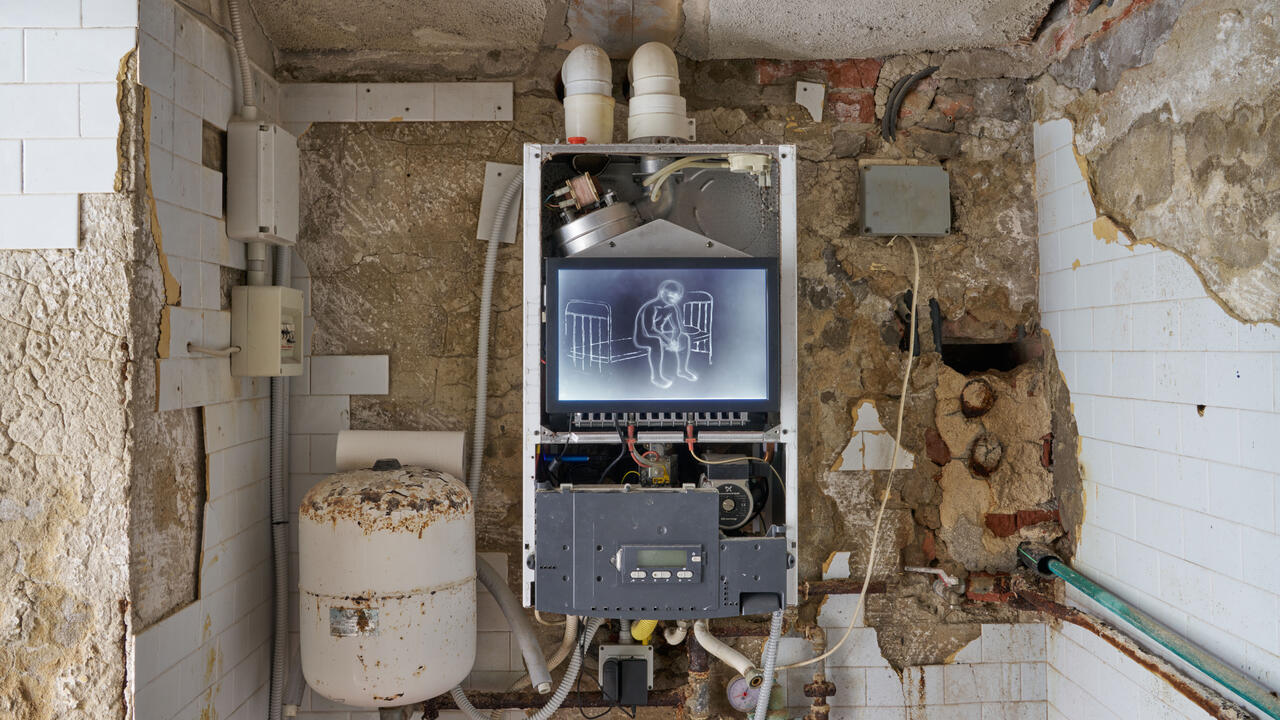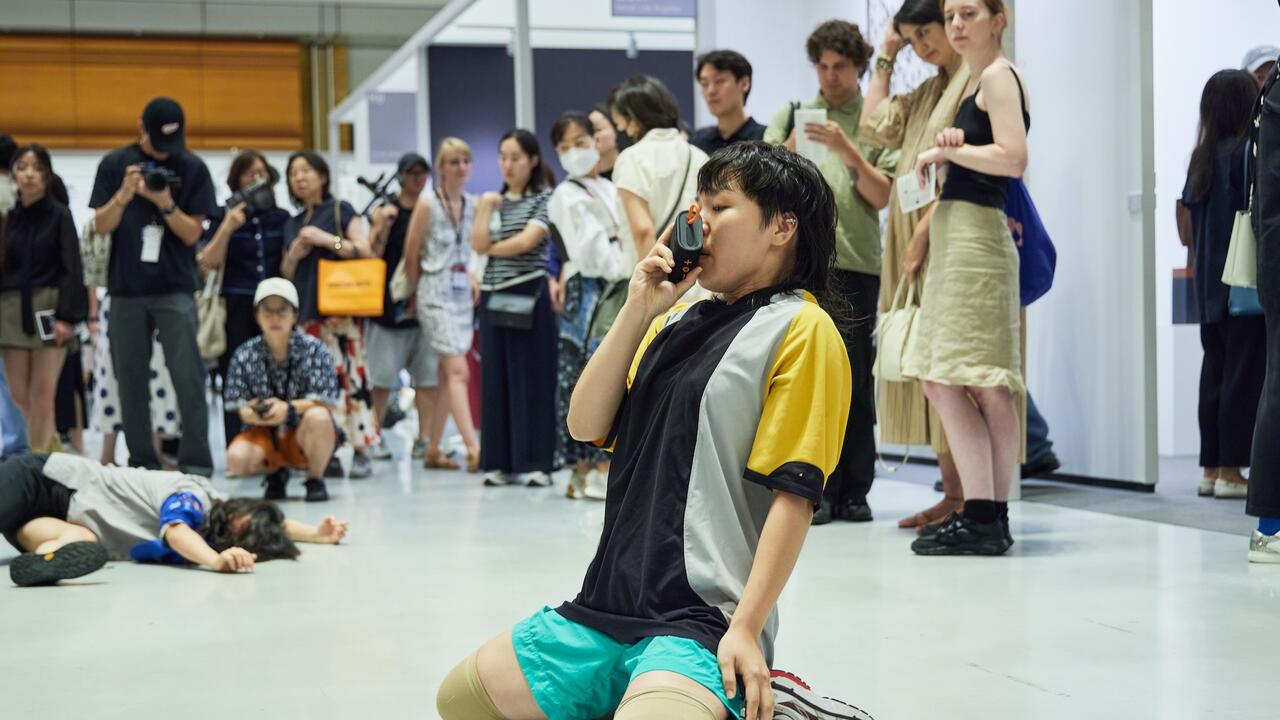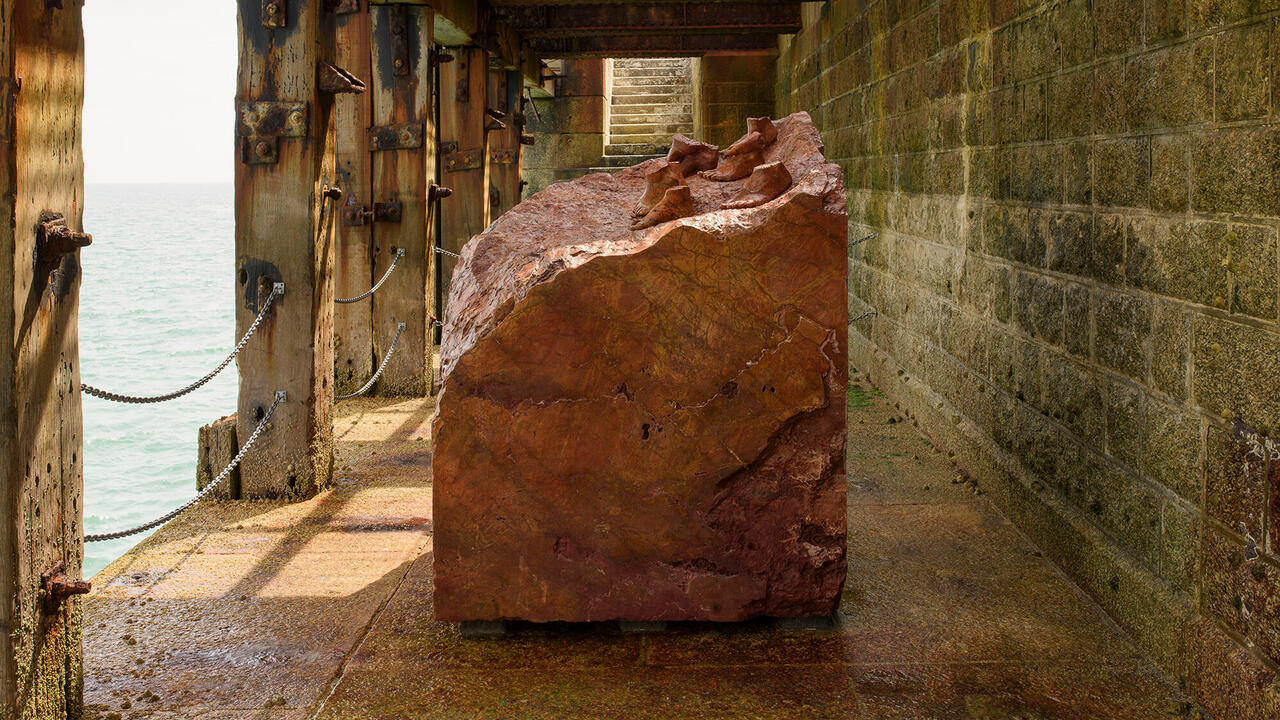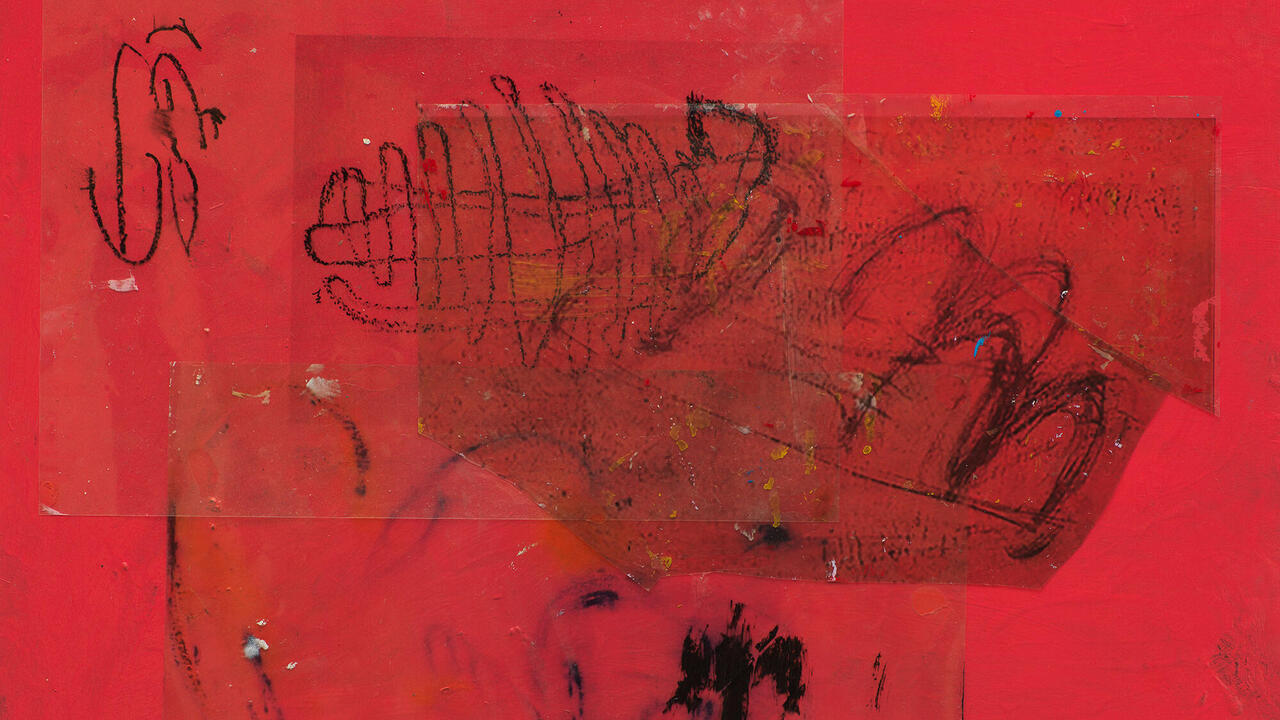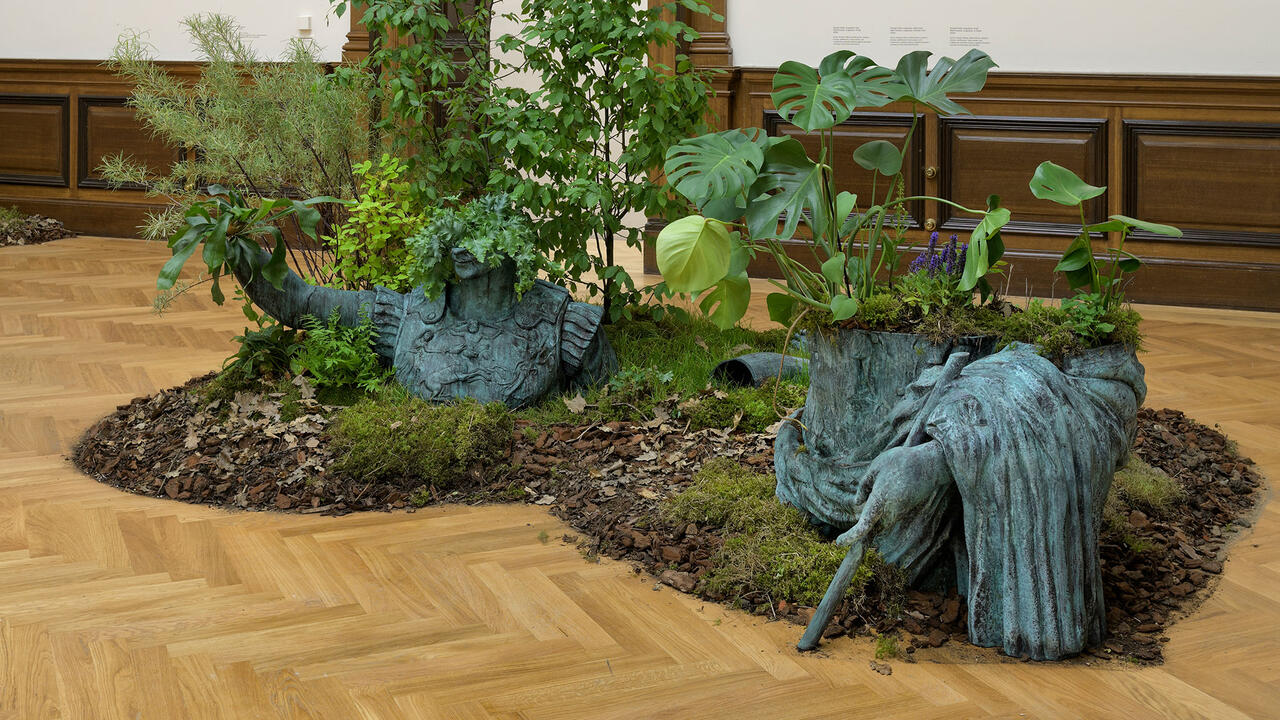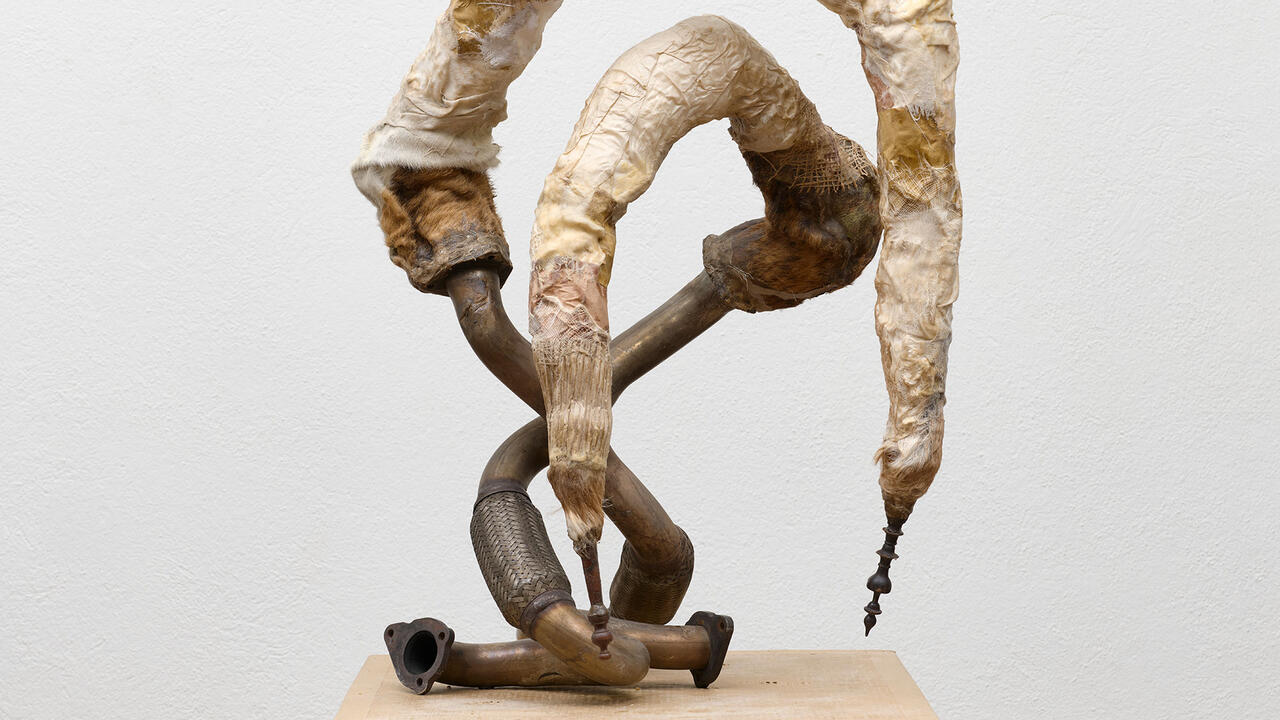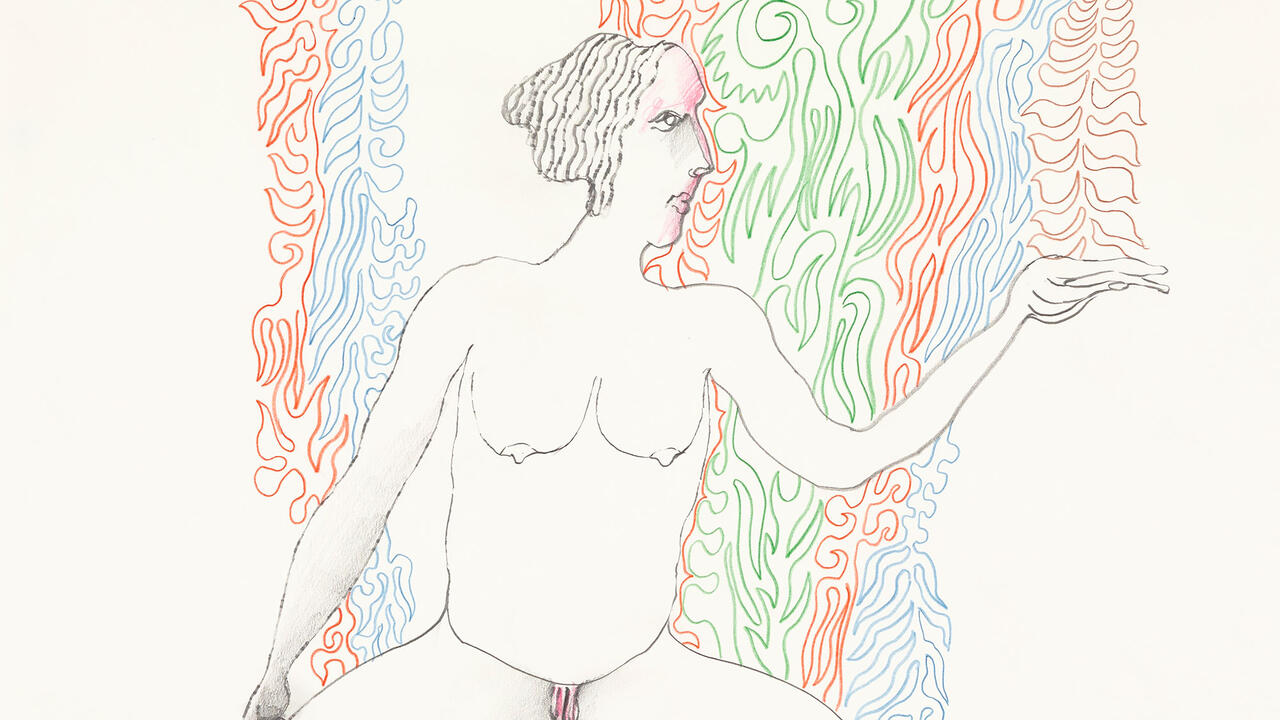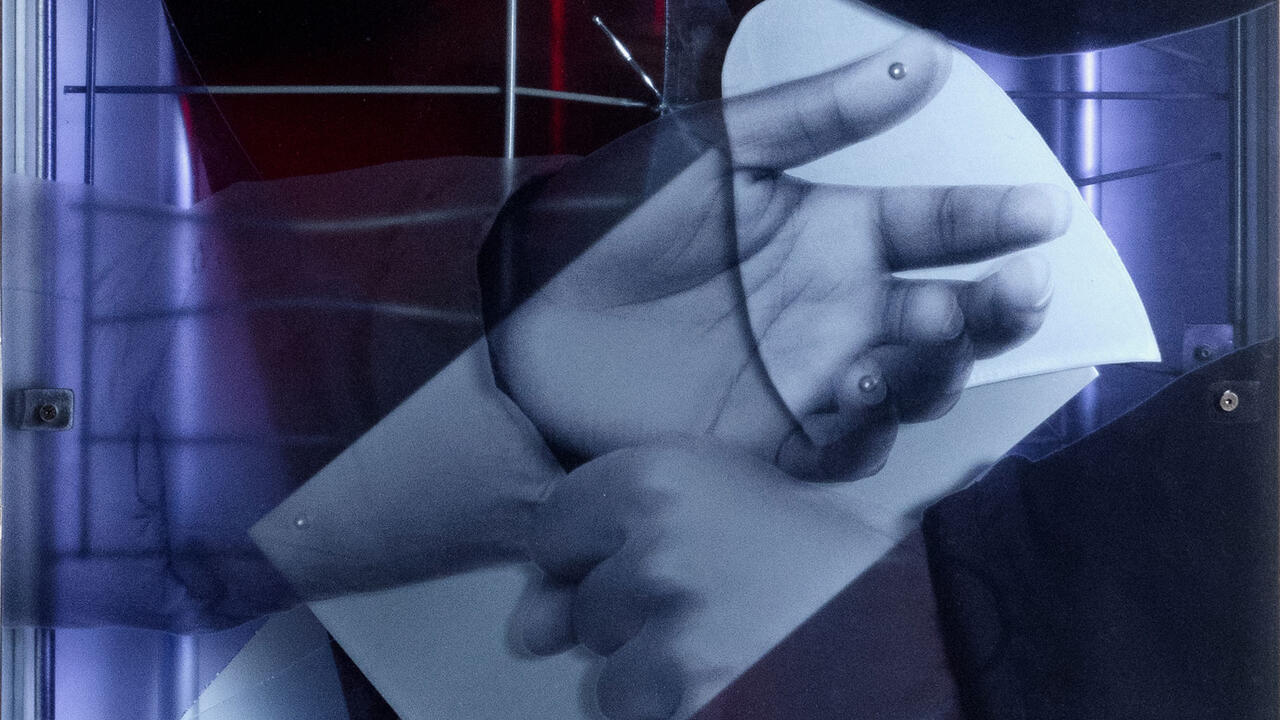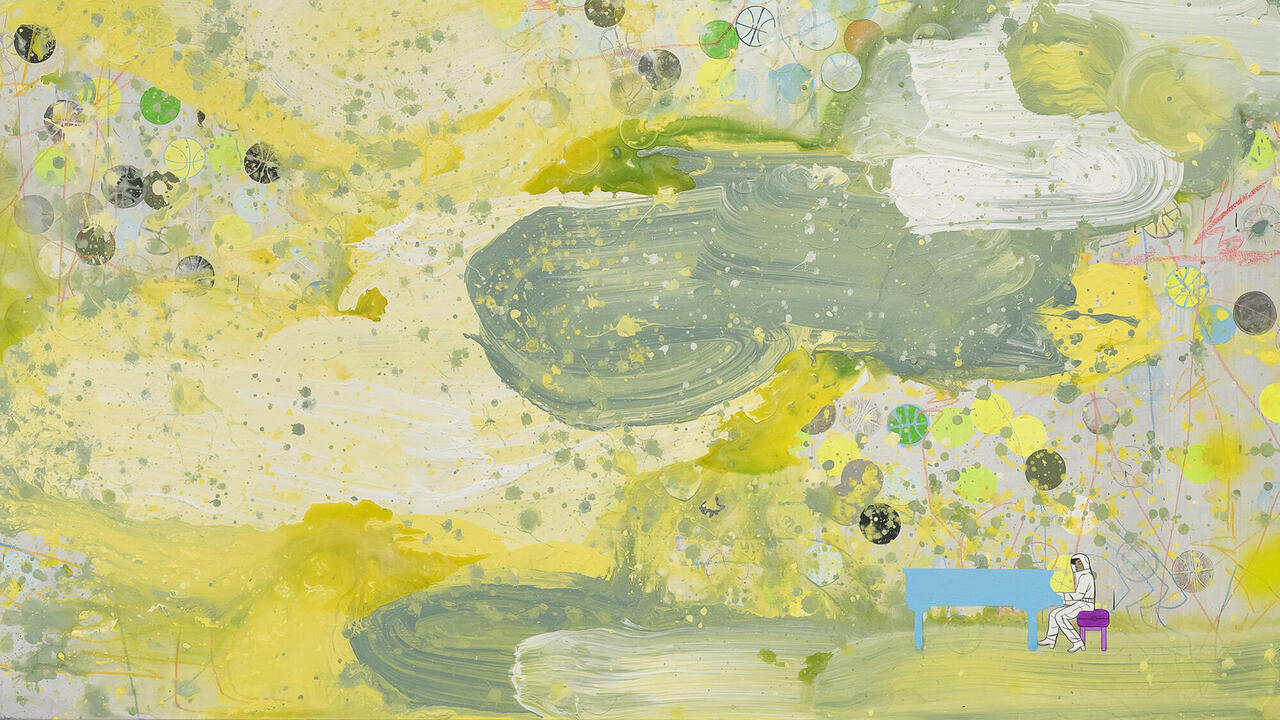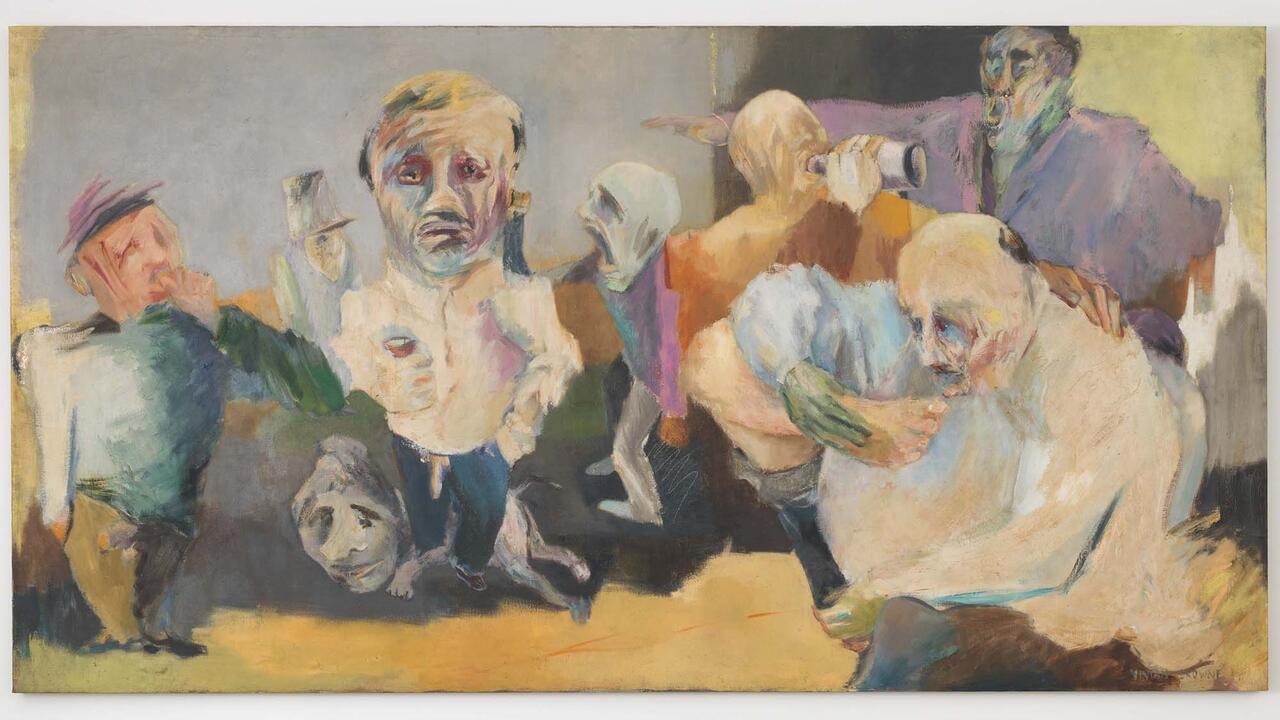The Joyful Vision of David Hockney
At the Fondation Louis Vuitton, Paris, the artist’s largest exhibition yet features miraculous paintings and drawings that will leave you feeling uplifted
At the Fondation Louis Vuitton, Paris, the artist’s largest exhibition yet features miraculous paintings and drawings that will leave you feeling uplifted

After a lifetime of gallivanting between London, Los Angeles and his hometown of Bridlington in the north of England, David Hockney found himself spending the COVID-19 lockdown in his farmhouse in the small Normandy village of Beuvron-en-Auge. To pass the hours of isolation, he began producing a series of landscapes on his iPad – an at-hand device he has been using since 2010 for observational drawings. Following a self-imposed rule, he created 220 images for the series later known as ‘220 for 2020’.

Such a number would be a massive undertaking for most artists but, as a new exhibition at Fondation Louis Vuitton in Paris attests, Hockney is not like most artists. A prolific draftsman, perhaps rivalled only by Pablo Picasso in sheer output, Hockney seems born to make art – a calling that he has employed to every imaginable end. These 220 drawings (digitally printed and mounted in aluminium frames) appear scattered across two adjoining, dark-blue spaces in ‘Hockney 25’, the first exhibition by a living artist to occupy the entire foundation building. But ‘Hockney 25’ is not an academic trot through the career of an older artist. Rather, the show reveals how the artist has achieved something few others have: his miraculous paintings and effortless drawings amount to nothing short of an enveloping world.
To enter Hockney’s vision is to leave any apprehensions at the foundation’s tall, revolving door. This is a space of jouissance, not turmoil; of experimentation, not pontification; of acceptance, not resistance. The exhibition’s title reflects Hockney’s decision to focus primarily on the past 25 years of his practice. But, before we get there, two galleries of work from the 1950s to ’70s deliver an emotional jolt.

Here, we are reintroduced to favourites from his early career, such as We Two Boys Together Clinging (1961), in which a couple of clumsy figures adhere to one another, shivering and bound by a love at odds with their surroundings. (Homosexuality wasn’t decriminalized in the UK until 1967.) I’m struck by the obfuscation in Hockney’s first attempts to articulate his desire. Works like Adhesiveness (1960) and Going To Be a Queen for Tonight (1960) contain an anxious energy that had all but dissipated by the mid-1960s. Today, it’s easy to forget the oppressive context in which Hockney produced these representations of queer life.
Gallery two is jaw-dropping. Set against sandy red walls are four of the artist’s most iconic canvases: The Room, Tarzana (1967), A Bigger Splash (1967), Portrait of an Artist (Pool with Two Figures) (1972) and Mr and Mrs Clark and Percy (1971).

From the 1980s, Hockney turned increasingly to the landscapes surrounding him. No one, it seems, has painted more hedgerows and bushes. Two curved vitrines of East Yorkshire watercolours (from the series ‘Midsummer: East Yorkshire’, 2004) demonstrate his aptitude with a brush. His pastel pinks and greens dance across the page: at times, he has gently applied pressure to deepen the tone (Tangled Bank and Trees); at others, he’s allowed the white of the paper to become a player in the composition (Cart Track and Pylon East Yorkshire).
His miraculous paintings and effortless drawings amount to nothing short of an enveloping world.
In May Blossom on the Roman Road (2009), two hawthorns rear up like spotty blancmanges, casting whimsical shadows onto the road alongside. After a long winter, this is how spring feels: virile and bursting. Hockney wants to give his viewers this sensation. Some art snobs might bristle at elements of the exhibition. Maybe you’re not keen on the idea of a framed digital image. In 2025, is conventional painting a more sensual experience than swiping at a screen? Hockney doesn’t care. For him, technology, old and new, is a means to an end, and freedom of expression is his goal.

The curators – François Michaud, Suzanne Pagé and Norman Rosenthal – have taken the clever move of re-staging his set designs for nine operas as an immersive digital projection room (Hockney Paints the Stage, 2025). This might sound gimmicky, but it really works. His designs become the protagonists in a joyful performance that will leave you wondering when he found the time to paint them all.
I’m admittedly a little baffled by Viewers Looking at a Ready-made with Skull and Mirrors and Pictured Gathering with Mirror (both 2018): photographic drawings printed on five sheets of paper that present crowds looking at themselves in the mirror or at a totem of stacked studio furniture. Hockney is fascinated by perspective, often referencing historical devices like the camera obscura. But here, the internal logic doesn’t fully translate.

Screened in a side room are four archival videos shot in various studios at different times, including recent footage of the artist in his London garden (David Hockney Working in his London Studio, 2023–25). He intently glances through his signature glasses at an unassuming path and back at the page before him. Then, his hand begins to draw.
Hockney’s project has never been about juddering diving boards or cool Malibu living rooms. It’s a life-long exploration of the mechanisms of looking. What memories do we bring with us when we observe? In an age of constant distraction, this level of attention feels triumphant. Hockney asks us to engage with the changing nature of our immediate environs. If you don’t leave this show feeling open-eyed and uplifted, perhaps you should go around again.
David Hockney’s ‘Hockney 25’ is at the Fondation Louis Vuitton, Paris, until 31 August. The accompanying book is published by Thames and Hudson.
Main image: David Hockney, May Blossoms on the Roman Road (detail), 2009, oil on eight canvases, 1.8 × 4.9 m. Courtesy: © David Hockney; photograph: Richard Schmidt





